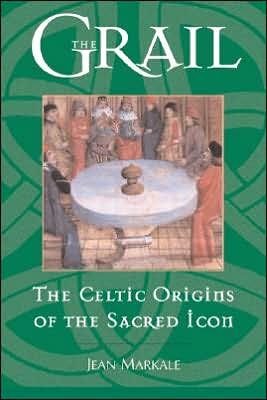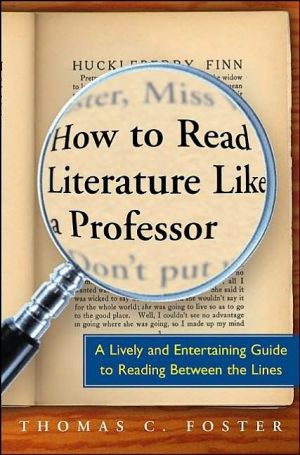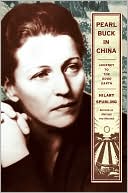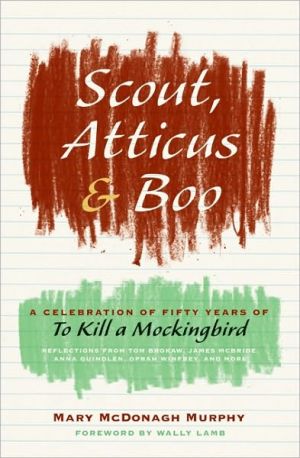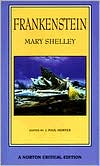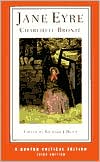The Grail: The Celtic Origins of the Sacred Icon
A comprehensive look at the Grail that reveals its fundamentally Celtic nature beneath layers of Christian interpretations\ • Emphasizes the significance of the Quest as an archetype of spiritual seeking\ • By the world's preeminent authority on Celtic civilization\ The Grail has long excited the imaginations of those seeking to see beyond the world of appearances. No other sacred object has inspired such longing or such dread. The Grail is the archetype of the marvelous object in which each...
Search in google:
The world's leading authority on Celtic culture takes us beneath the Christian veneer of the Grail myth to discover the ancient Celtic spiritual traditions of the Grail and its Quest.Library JournalFrench poet and historian Markale, who has written more than 40 books on pre-Christian societies, associates the grail of Arthurian myth with the cauldron of old Welsh tales. Unfortunately, this particular theory has been explored much more thoroughly by R.S. Loomis in The Grail: From Celtic Myth to Christian Symbol (1963), and it is a theory that has since been discounted by most reputable Arthurian scholars. Markales work is more interesting in its survey of the grail portions of Arthurian mythology, looking at the grail as it appears in the works of influential Arthurian authors such as Chretien de Troyes, Wolfram von Eschenbach, and others. But this work should not be considered the final word on the history of the grail. For public and academic libraries.John J. Doherty, Northern Arizona Univ. Lib., Flagstaff
1: The Grail of Chretien De Troyes 2: The Franco-British Grail 3: The Cistercan Grail 4: The Germano-Iranian Grail: Wolfram Von Eschenbach's Parzival 5: The Meaning of the Quest Index
\ Leni Austine"This erudite and lucid work is an engaging and fascinating book. [It] provides a healthy dose of academic rigor and clarity to an area of study often expoited by pop-metaphysics authors."\ \ \ \ \ Andre Breton"There is no better spokesman for the ancient Celts than Jean Markale."\ \ \ Robert Burns“This is an important work on the Grail mythology. Emphasizing literary and symbolic studies, the author shows a very strong knowledge of early myth and legend and helps restore the Grail mythos to its original role as an icon of the process of initiation, rather than as a historical anomaly.”\ \ \ \ \ From the Publisher\ “This is an important work on the Grail mythology. Emphasizing literary and symbolic studies, the author shows a very strong knowledge of early myth and legend and helps restore the Grail mythos to its original role as an icon of the process of initiation, rather than as a historical anomaly.”\ \ \ \ \ Library JournalFrench poet and historian Markale, who has written more than 40 books on pre-Christian societies, associates the grail of Arthurian myth with the cauldron of old Welsh tales. Unfortunately, this particular theory has been explored much more thoroughly by R.S. Loomis in The Grail: From Celtic Myth to Christian Symbol (1963), and it is a theory that has since been discounted by most reputable Arthurian scholars. Markales work is more interesting in its survey of the grail portions of Arthurian mythology, looking at the grail as it appears in the works of influential Arthurian authors such as Chretien de Troyes, Wolfram von Eschenbach, and others. But this work should not be considered the final word on the history of the grail. For public and academic libraries.John J. Doherty, Northern Arizona Univ. Lib., Flagstaff\ \ \ \ \ Patricia Monaghan"The Matter of Britain, as the Arthurian legends are called, holds as much power for the contemporary reader as it did for medieval lords and ladies. In this book, French scholar Markale looks at the various extant written forms of one of the key constituents of the Matter of Britain, the story of the Holy Grail. His specific project is to separate the legend's various elements and determine which parts are pagan in origin and which are Christian overlays on an ancient template. In Markale's hands this is no mere academic exercise, for he believes that the more ancient story, which deals with the healing of a wounded king whose land suffers because of that wound, has great relevance today. The later and mostly sex denying Christian interpolations are part of the wounding of today's analogs to the Grail knights, Markale argues. Once again, this great sequence of tales proves itself meaningful to another changing age."---\ From Booklist\ \ \ \ \ ForeWordEvery so often a book comes along that so illuminates a particular idea or subject as to make it crystalline. This is one. Markale cuts to the heart of what is known, believed, suspected, misconcieved and otherwise attached to the concept of the Grail, dispelling that which is superflous like so much chaff, and exposing the mature grain of wheat, or in this case grain of reasonable, educated and painstakingly arrived at knowledge, perhaps even truth.\ —May 1999\ \
